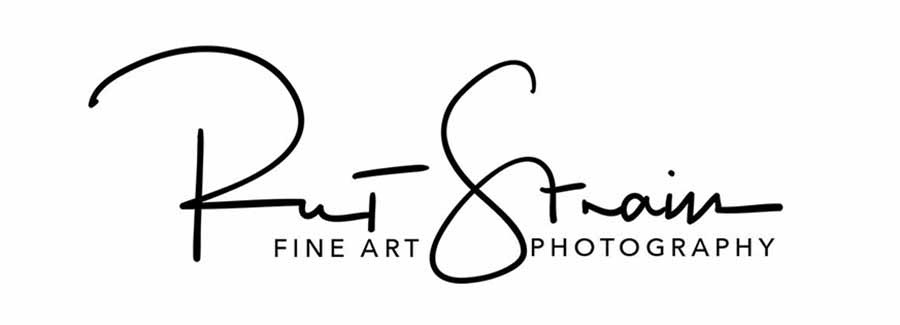TRIM BODIES ARE IN
You may think of modern cameras as a computerized box that captures images through a lens and puts them on digital media. Although these cameras may look like the 35mm film cameras or point and shoot film cameras of a few decades ago, they offer far more potential for creating stunning images. They also offer lots of opportunities to get totally exasperated with all the settings.
If you are just starting on your photo journey, I encourage you to start fairly simple unless you are not intimidated by technical gadgets and software. I recently switched from a quality digital single lens reflex camera to a mirrorless camera. Despite 60 years of photography experience and comfort with computers, the learning curve has been steep. It has taken weeks to get familiar with all the possibilities and I have messed up a few potentially great shots.

Whether or not you are already familiar with the basic settings necessary to control the light falling on the camera sensor….ISO (sensitivity level of recording sensor), f/stop (lens opening) and shutter speed, you may be wise to consider your first investment as temporary. That is, you can try out a lower cost option and get comfortable with that prior to a much larger investment in a high quality set up. You may start with an introductory level body and kit lens or you may go for a used body and better lens(es) that can still serve you for many years.
If you are dead set (I won’t use those words often with Photoboomers) on higher level equipment, go for it!
There are some considerations no matter what your current skill level.
- Ability to accept interchangeable lenses. Most cameras you will look at have this ability. You may want to add drama to a landscape with a wide angle lens or you may want to capture a butterfly on a flower with a macro lens. This obviously requires two different lenses on a camera that will accept those different lenses.
- Size and weight. Not your size and weight, although if your hands are little, you should make sure to get a camera that feels comfortable when handheld. More specifically, unless you are taking all your images at home or just outside your vehicle, you will have to lug all your equipment with you. Cameras vary in size, as do the lenses they accept.
- Feel. This is related to your size and camera a size and shape. Does the camera feel good in your hand? Is it balanced? Does it feel too weighty or too light? These things are pretty hard to determine online, so if you have access to a camera shop, head there for a test drive.
- Cost. Most of us use this as a starting point. Do the initial camera set up and the required lenses and accessories fit into your budget. Most of us dream big, so the ways to save in this regard may be to go the used route, either through markets such as Ebay, Facebook Marketplace or Craigs List. Be careful with the latter as you will be a target for scams.
- Image quality. If superior quality (sharp) images are your primary decision maker, you may want to start with a higher quality (often larger) sensor along with higher quality lenses. Often, starter cameras are sold as a kit. The lenses offered are usually not the sharpest lenses offered for that camera system. If you get serious about your hobby, you will most likely want to replace these lenses with higher quality glass.
- Special considerations for your goal. Perhaps you already know that you only want to create portrait, panoramas, macro or large format black & white images. If so, each of these areas has cameras that are best suited for your goal and you will want to balance that goal with your budget, cost and flexibility for other types of photography.
This article is intended to get you thinking along the right lines. The next article will help you further refine your research.
